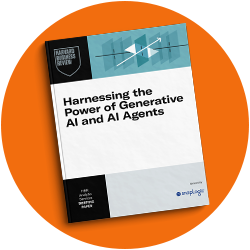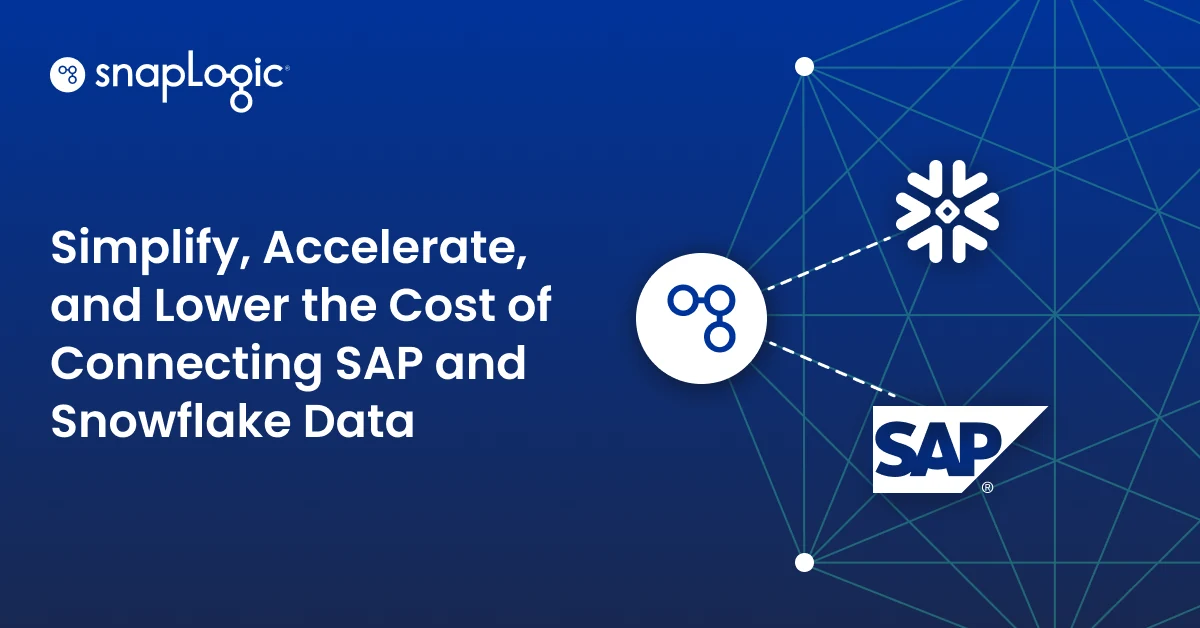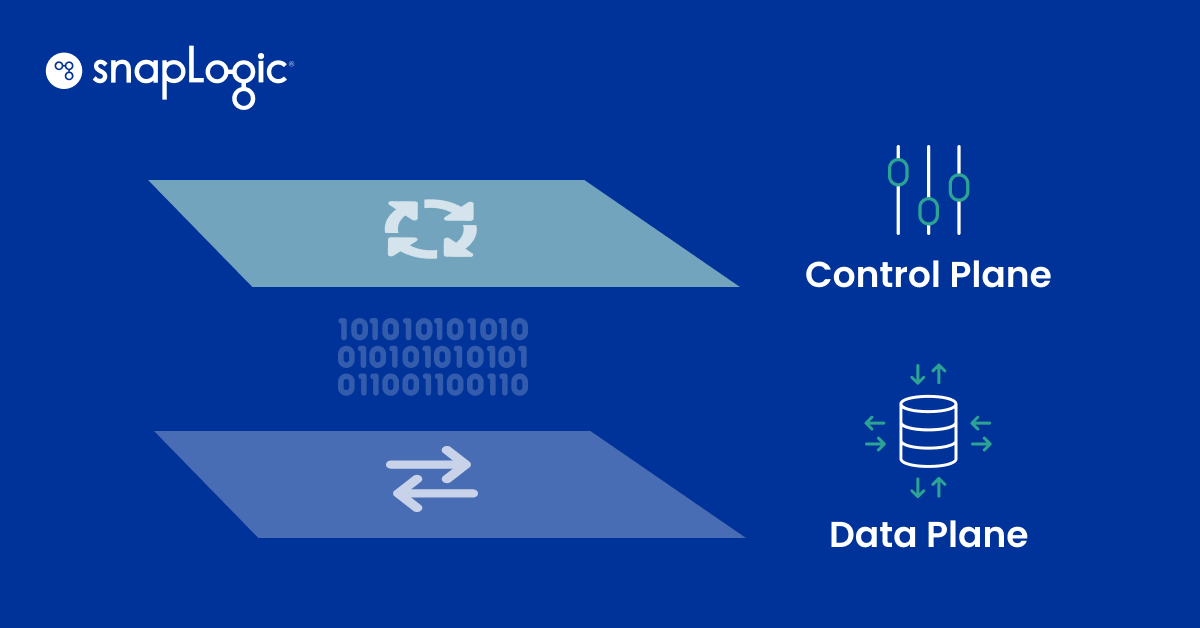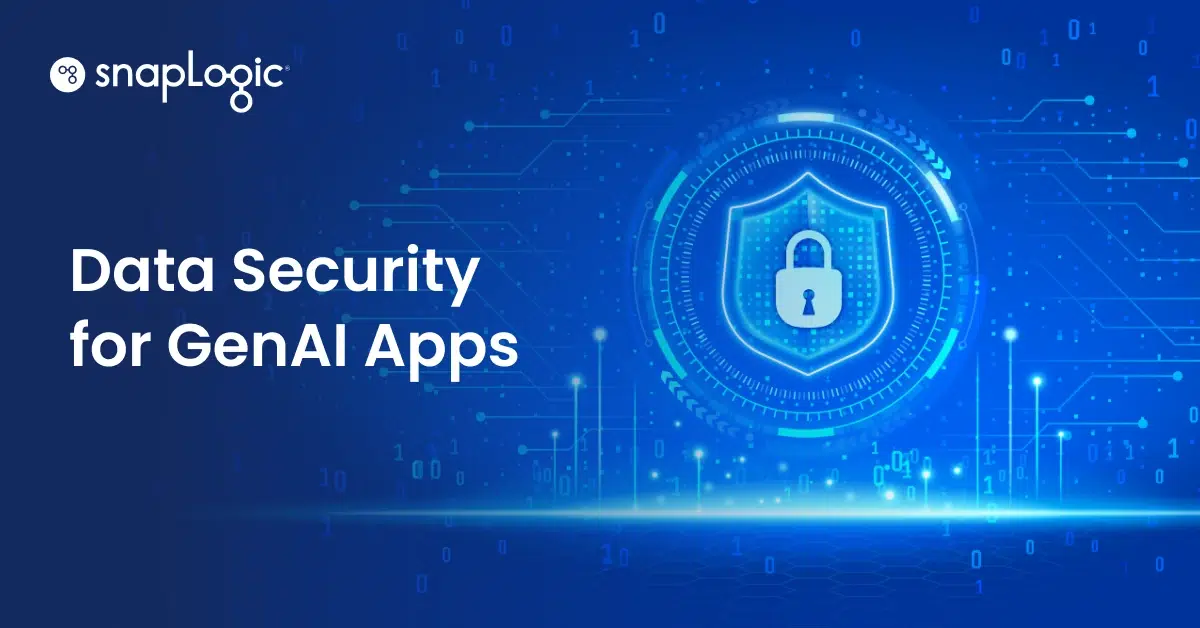In Part 3 of my series on Digital Transformation, I take a look at risk management and why connecting data across the enterprise improves the effectiveness of your board’s risk oversight.
Boards of directors are entrusted to oversee the major risks confronting the organizations they serve. To ensure appropriate oversight, senior executive management must apprise directors of their long-term value creation plans along with an accurate and reliable assessment of the risks adversely affecting these strategies.
These risks include (but are not limited to) the entity’s strategic, financial, operational, technological, and people exposures. To mitigate these risks, companies need to have a structure in place that allows for risk identification, assessment, and quantification. This structure also provides the means for boards to have an enterprise-wide view of key exposures potentially affecting the organization’s ability to achieve its strategic objectives.
The need for such a structure has deepened in recent years, due to nonstop technological advancements, growing globalization, an exponential increase in data, and the sheer speed of business. These factors have conspired to produce new risks of greater complexity, as is the case with cyber attacks that disrupt the customary flow of operations, supply chains, and commerce.
As these threats proliferate, board directors are under increasing pressure from the public and influential investors to heighten their risk oversight. Multiple laws and regulations like Sarbanes-Oxley, Dodd Frank, Foreign Corrupt Practices Act, and Anti-Money Laundering Act have further raised the bar, compelling directors to request a greater variety and depth of risk information.
Embracing Enterprise Risk Management
To address these wide-ranging responsibilities, many boards are embracing the concept of Enterprise Risk Management (ERM). ERM presents the means to obtain a comprehensive, top-down, and transparent view of key risk exposures. Typically, the effort is led by a company’s Chief Risk Officer, director of risk management and/or head of internal audit, with straight line of reporting duties to the CEO and the board.
Successful risk transformation is the result of a balanced approach to people, process, and technology. In my experience, I have found that projects often struggle and fail to achieve expectations because the processes were not well defined. Another impediment to change management is the absence of clear communication, the engagement and commitment of the people driving the transformation, and their accountability.
With this framework in place, senior management can continuously monitor key risks in isolation and in combination and then report these findings to the board. For effective monitoring and reporting to occur requires the ability to access and integrate data from across the enterprise into comprehensive insights. Board directors can then evaluate the risks in terms of their individual and collective impact, assisting management with advice and actions that enhance organizational performance and shareholder value.
Consequently, data integration is the linchpin to an effective ERM process, but achieving it is difficult within many organizations. Wide-ranging risk data typically resides across the enterprise in myriad systems and applications that don’t communicate with each other. This acute situation was highlighted by a Moody’s Analytics report on ERM.
“(An) obstacle to sound ERM is the management of risk in silos, viewed in terms of operational entity, line of business, or by type of risk, such as credit, market, and operational risk,” the report states. “Data needs to be accessible, accurate and timely (to enable) risk-adjusted performance management. … When silos exist, the end result is the separation of data management for finance and risk management.”
Another article in Harvard Business Review arrived at a similar conclusion. “Embracing data as a competitive advantage is a necessity for today’s business, so why is it so hard to get access to the data we need?” the report stated. The reason, HBR suggests, is data silos: “These isolated islands of data make it prohibitively costly to extract data and put it to other uses.”
For boards to have a holistic view of enterprise risks and their long-term impact on shareholder value, organizations need to be able to swiftly access and connect risk data across operations and business units. Although systems and applications offer a modicum of integration via embedded Application Programming Interfaces or APIs, their endpoints for integration purposes behave differently.
To integrate data across silos of risk-based information, users must manually upload and download data from one system or application to another system or application. In many cases, teams of developers must painstakingly handcraft and hand-code the data integration – connecting the link from one app to another, and so on, ad infinitum. This drawback limits the ability to create useful and quick links, slowing down the enterprise risk assessment process – not the best news for boards of directors.
Connecting data across the enterprise
As more and more companies embrace the Internet of Things, artificial intelligence, big data, cloud-based applications, and data science, this already difficult situation will worsen. Fortunately, there is a less time-consuming and inexpensive alternative to connect risk data across the enterprise to improve the effectiveness of the board’s risk oversight.
We’ve created a single, self-service interface that unifies multiple endpoints on a single platform. Users can rapidly integrate risk-based data by linking together the endpoints of on-premises and cloud applications, databases and data warehouses, big data streams, analytics tools, and APIs – all at cloud speed.
For corporate leaders guiding their organization’s ERM program, integrating risk data across multiple silos is simple and easy with SnapLogic’s Enterprise Integration Cloud. Users do not need to be software developers to swiftly build high-quality data pipelines. There’s no programming involved to aggregate both structured and unstructured risk data. It’s all point and click to power the movement of data across the enterprise to accelerate enterprise data analytics. Millions of records can be analyzed by instantly snapping together hundreds of endpoints, reaching a point where the friction between data silos is removed.
In its advice to readers, HBR writes, “Move with the goal of integration in mind. Each progressive step should build toward an integrated platform for your enterprise data.”
SnapLogic can assist this movement. Speed of information is essential in today’s intensely competitive world of business. The faster companies can integrate risk-based data, the more timely their reporting can be. Since nothing is static in these uncertain times, risk-based data integration must be dynamic. We can support the availability of this information in near real-time.
Boards of directors are in the crosshairs to ensure they are not caught unawares by an organization’s risks. If the silos can’t be torn down, the solution is to build a bridge.











